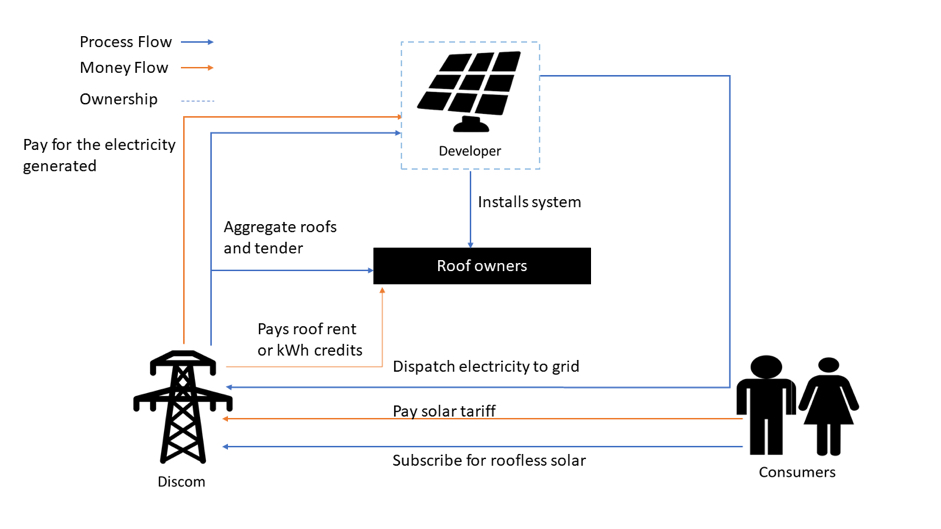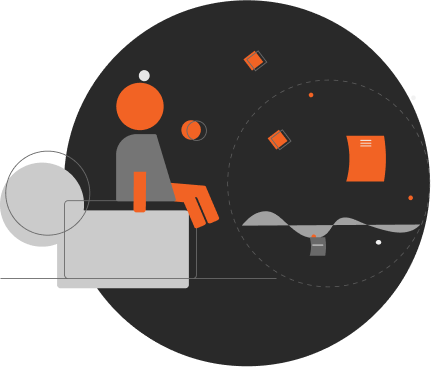The solar partners model targets consumers who do not have access to roof areas or lives on rented properties. The discom plays the role of a demand and supply aggregator.

Benefits to discoms
- Through strategic identification of roof clusters, discoms can optimise the benefits from rooftop solar to the distribution network.
Benefits to consumers
- Consumers who do not have access to rooftop or who live in rented properties can benefit from solar electricity through the subscription programme.
- There are no operations and maintenance costs nor any long-term commitments.
- The subscription payment also eliminates the need for upfront capital investment for the consumers.
- Differentiated subscription programme allows subscription by low-paying consumers who otherwise will not find rooftop solar feasible.
Benefits to developers
- Developers can get access to clustered rooftops, which will allow larger aggregated system sizes and thus, reducing their sales and logistical costs.
- Since electricity is sold directly to the discom, developers face lower payment default risk.
Source : CEEW
-
Target Consumer SegmentResidents without roof access and are subsidised
-
LocationLarge roof spaces in the discom license area such as warehouses, discom owned buildings etc.
-
Asset OwnershipThird-party
-
Metering ArrangementVirtual net-metering remote
-
Role of DiscomRoof aggregation, demand aggregation, Payment collection
-
Level of involvement by utilityHigh
-
Need for partnershipsMedium
-
Revenue to DISCOMMedium
-
Skill RequirementHigh
-
Risk to UtilityMedium
